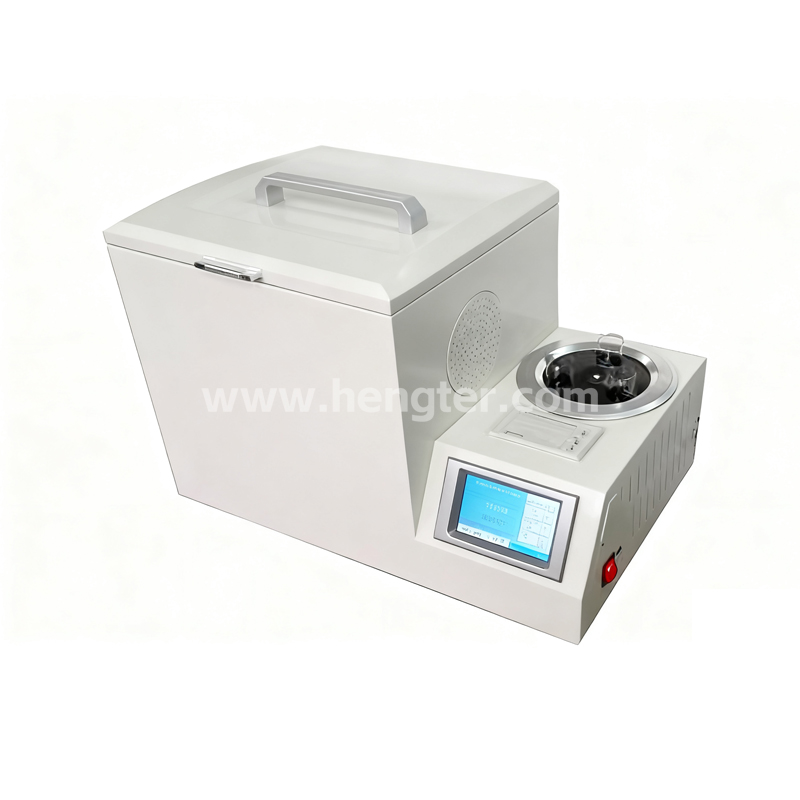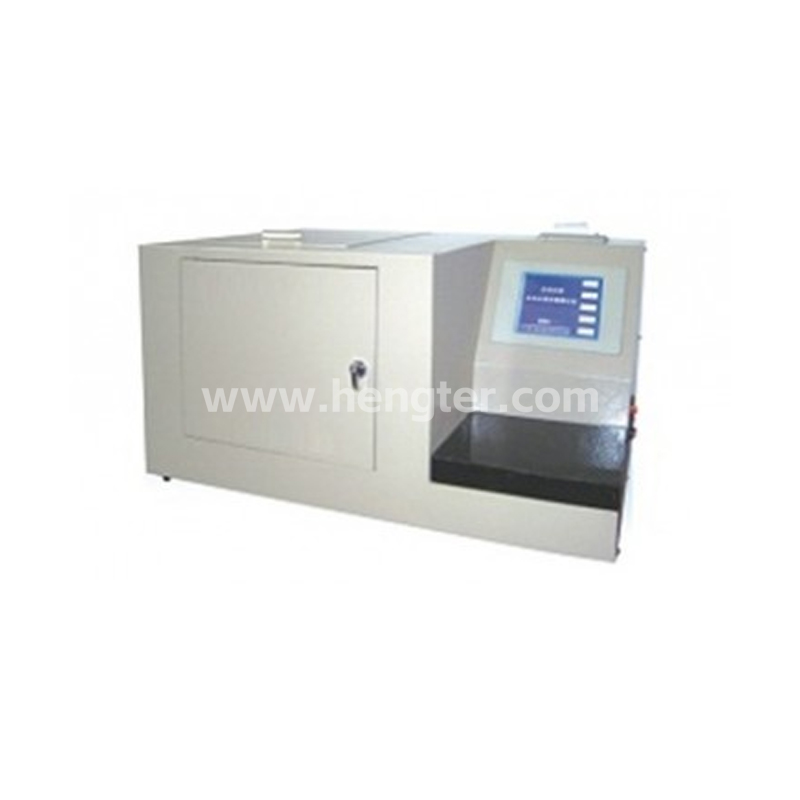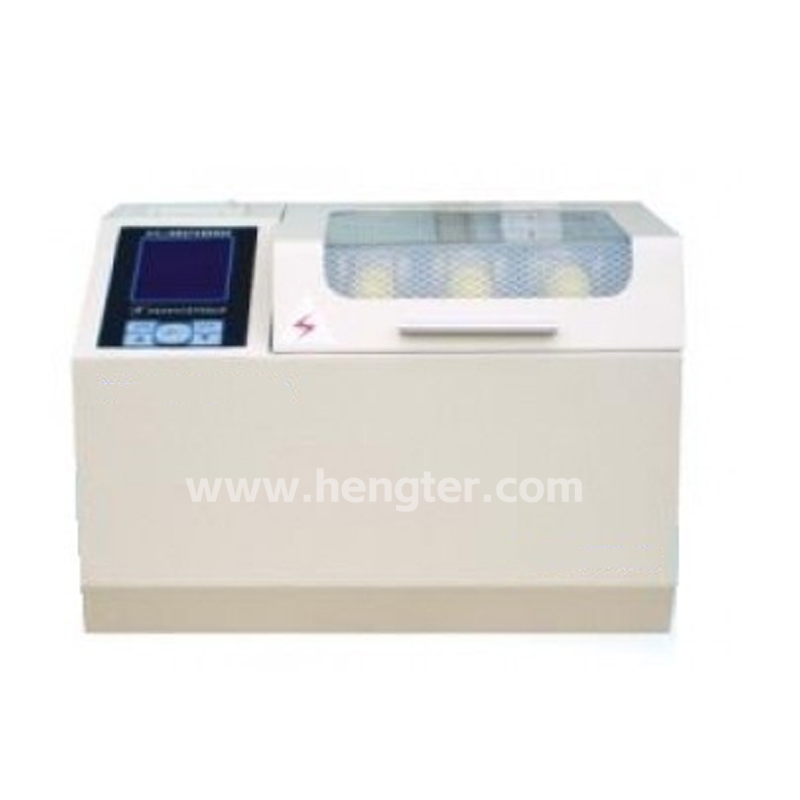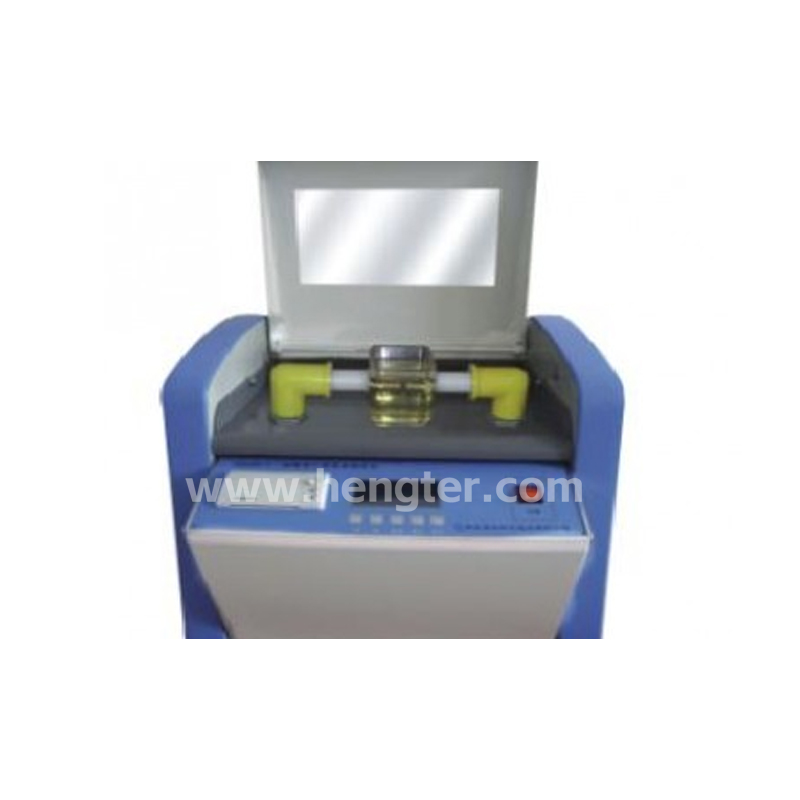This instrument is designed and manufactured in accordance with the requirements specified in the People’s Republic of China standard GB/T 268 “Test Method for Carbon Residue of Petroleum Products (Conradson Method)”. It is suitable for determining the carbon residue left after evaporation and pyrolysis of petroleum products by the method specified in this standard, so as to provide an indicator of the relative coking tendency of petroleum products.
Main features:
1. The design of this instrument fully complies with the requirements of the GB/T268 standard.
2. It has a simple design and complete accessories. After purchase, users can conduct tests as long as they are equipped with household gas (or other civil gas).
Main technical indicators:
Porcelain crucible: low type, capacity of about 30 ml.
Inner iron crucible: made of iron sheet, capacity of 75±5 ml, surface blackened.
Outer iron crucible: made of iron sheet, capacity of 190±10 ml, with a lid, surface blackened.
Tripod: made of iron, surface nickel-chromium plated and polished, height 250±10 mm, ring diameter Ф130±5 mm.
Flame shield: stamped from 0.6-0.8 mm thick iron sheet, with an upper diameter of the middle hole of Ф90±2 mm and a lower diameter of Ф82±2 mm, containing an asbestos pressure ring inside.
Another special flame shield has three bent feet in the hole, which can be used to directly support the crucible.
Round iron cover: made of 0.8 mm thick iron sheet, the lower part is 50-53 mm high, the middle cone is 25±2 mm high, and a fire bridge formed by Ф3 iron wire bent into a mouth shape is welded on the top of the upper round tube, 50±3 mm high, used as an indicator for the maximum height of the flame, surface blackened.
Bunsen burner: using a Meker-type gas bunsen burner.

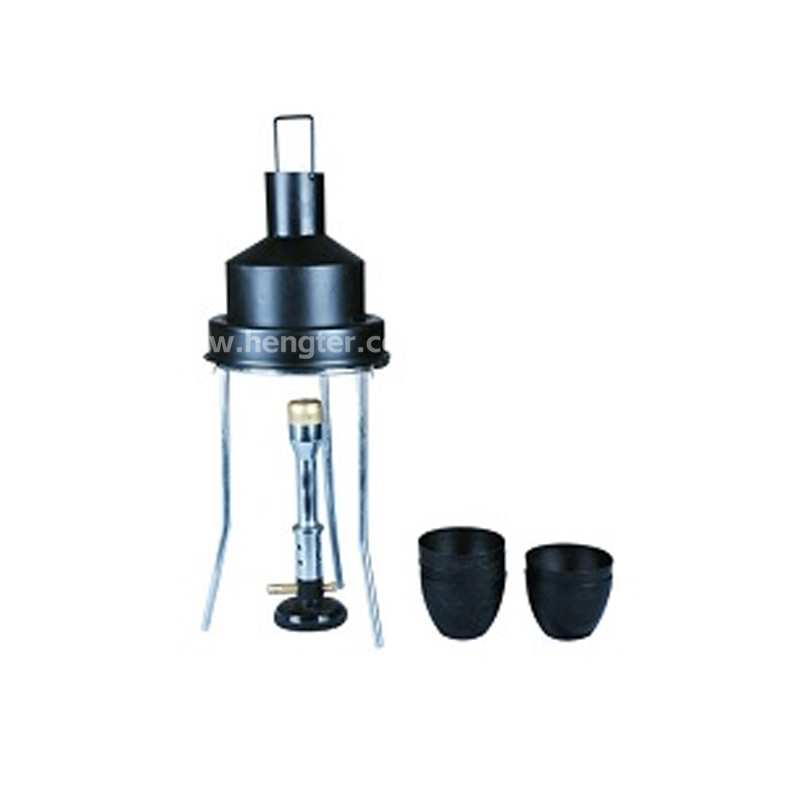

 Contact form
Contact form